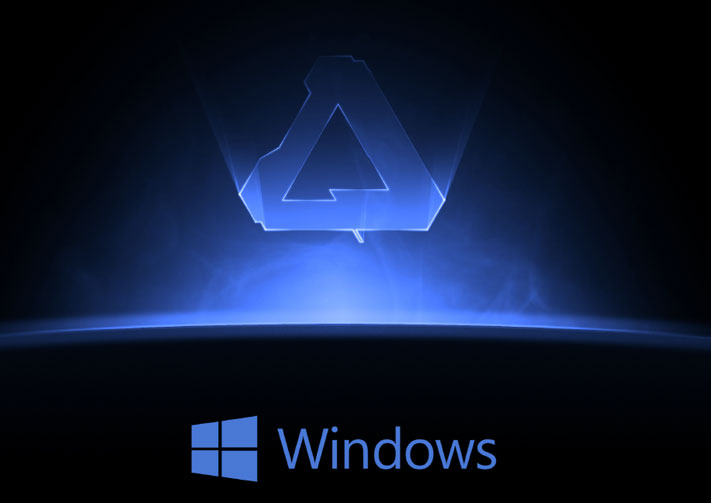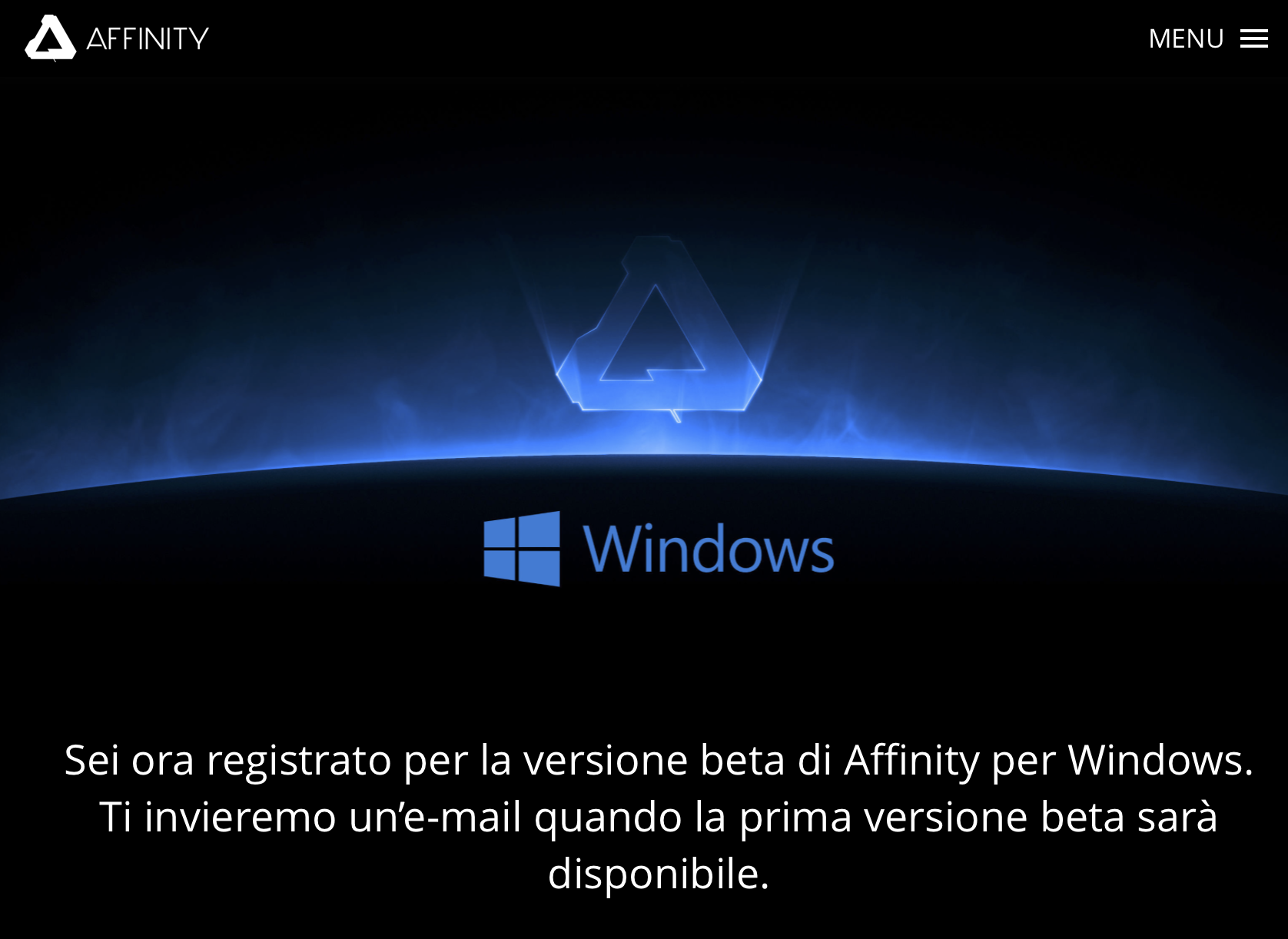


- #Affinity photo for windows review upgrade
- #Affinity photo for windows review full
- #Affinity photo for windows review software
When you Save As in Affinity Photo you’re presented with one option, and that’s to save images in the software’s native. In many ways, TIFFs are a superior file format to both PSD and afphoto files for several reasons, but when sharing files between Affinity Photo and Photoshop, PSDs are by far the most compatible and sharing TIFFs between the two isn’t recommended. afphoto, which isn’t compatible with many, if any, other editing programs.
#Affinity photo for windows review software
Its native PSD files are compatible with many more software programs than Affinity Photo’s native file format. Photoshop offers the most compatibility overall. The Affinity Photo Develop Module for Raw processing (Image credit: James Abbott) For more options, see our guide to the best photo-editing software, and make sure you also check out our guide to the best laptops for photo editing. In this article, we’ll look at how the two programs compare in several areas to help you to decide which is best for you. Affinity Photo is popular for its perpetual licence, whereas Photoshop uses a subscription model that makes it significantly more expensive. The two programs are extremely similar in many ways, but their pricing structures are completely different. But since then, it's firmly cemented itself as a compelling alternative to Photoshop, offering many of the same tools and features for adjusting and manipulating images, as well as tools for design. Affinity Photo is much newer, developed by Serif in 2009 and launched in 2015. It was the first image editing software to be made available to the public and it's maintained its dominance as the industry-leading image-editing software ever since. Adobe's Photoshop was developed by Thomas and John Knoll in 1987 and was sold to Adobe Systems Inc in 1988.
#Affinity photo for windows review full
Now, don’t feel bad: I replaced Lightroom with Capture One (but my reason was better default color rendition, not money) - and would replace Photoshop with Affinity if Affinity would get the bugs fixed, got rid of the humongous file sizes, provided a “Save as” command that included file types other than Affinity (!), offered full PS plugin support, added a few missing features (ever heard of Smart Objects?) and a legitimate image browser in Windows.īecause.people do upgrade.even if some are not aware of it.First, a bit of history on Affinity Photo vs Photoshop.
#Affinity photo for windows review upgrade
Perhaps $300 with discounts.Īnd next year (much sooner, I think) you will upgrade to Photo Mechanic (for a *real* DAM), followed by DxO Photo Lab because of the incredible Prime Noise Reduction, get a copy of Luminar because the price is right and perhaps even buy a few presets here and there.īecause.most people *do* upgrade, one way or the other. Well, you, like most people, just upgraded from Lightroom to Capture One, now you’re going to upgrade to Affinty Photo. I fairly recently migrated from Lightroom: I'm not about to be sucked into paying for it forever, to Capture One, used in conjunction with Photoshop CS6 and despite Irv00's opinion above, I don't go in for regular paid upgrades. That's a route that I've been exploring recently.Ĭapture One is vastly superior when it comes to working with raws nefs, like yourself, in my case, whereas Affinity does a pretty good job with the resulting Jpegs/Tiffs.


 0 kommentar(er)
0 kommentar(er)
